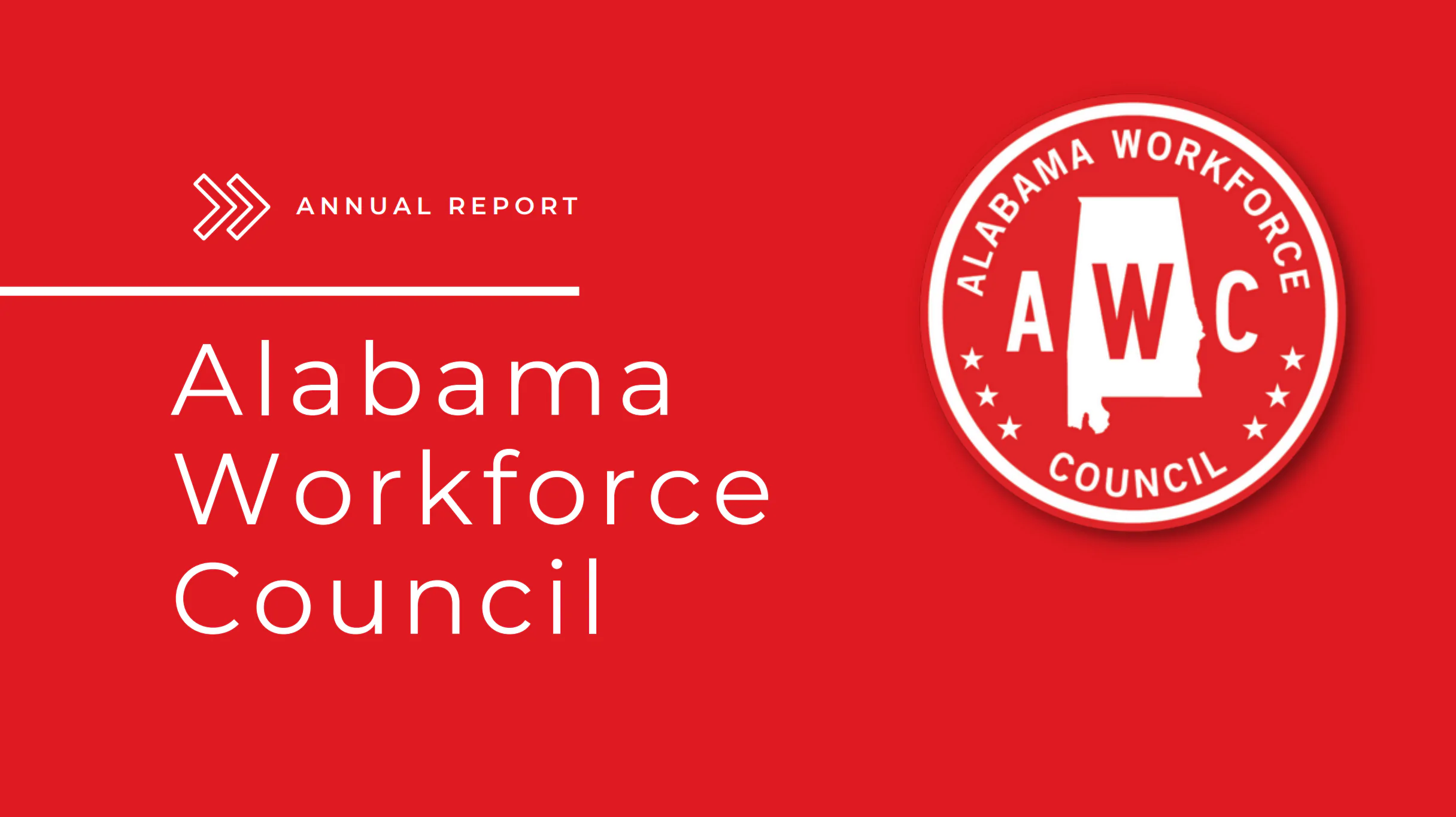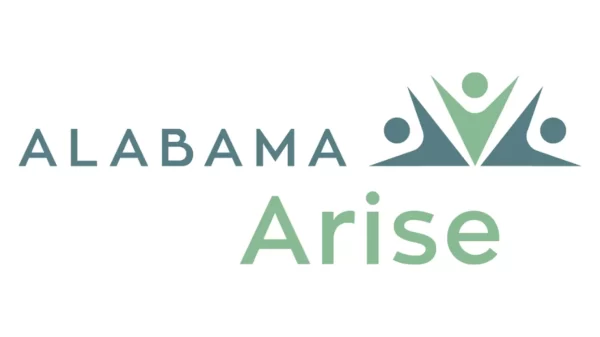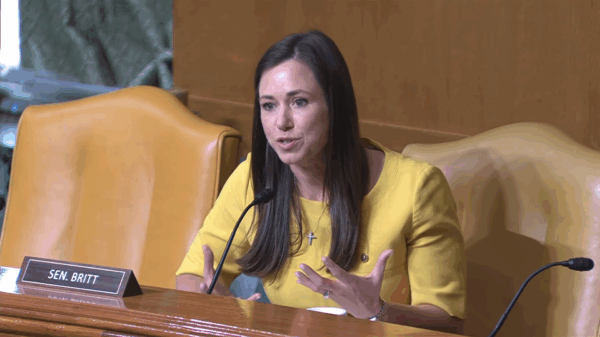The Alabama Workforce Council (AWC) recently delivered its Annual Report to Governor Kay Ivey and members of the Legislature. The report highlights the many and varied workforce successes from 2023. It also outlines policy recommendations to further solidify Alabama as a leader in workforce development and push the state closer to Governor Ivey’s goal of adding 500,000 credentialed workers to the state’s workforce by 2025.
The AWC, formed in 2015, was created as an employer-led, statewide effort to understand the structure, function, organization, and perception of the Alabama workforce system. The goal of the AWC is to facilitate collaboration between government and industry to help Alabama develop a sustainable workforce that is competitive on a global scale.
“While 2023 marked the culmination of foundational efforts, it signifies not the end, but rather the end of the beginning. Looking ahead to 2024, we believe the focus should be on structure and alignment.” noted Tim McCartney, Chairman of the AWC. “Through collaborations with the Alabama Community College System, the AWC is actively promoting innovative training models that combine short-cycle training with supportive services, facilitating individuals in both learning and earning.
Included in the annual report are accomplishments from the year, recaps of surveys conducted and multiple policy recommendations including:
- Consolidate the AWC and the State Workforce Development (WIOA) Board to form the Alabama Workforce Development Board (AWDB). Merge the seven Regional Workforce Councils (RWCs) and local Workforce Development (WIOA) Boards to form seven local Workforce Development Boards.
- Designate a single state agency as the single State Workforce Agency (SWA) to administer Workforce Innovation and Opportunity Act (WIOA) Title I and Title III funds. Alabama is one of only five states that have two separate SWAs managing the WIOA Title I and Title III grants as required by WIOA.
- Empower a single SWA with a clear mandate to improve performance by requiring increased performance targets, increasing the percentage of funds dedicated to training, to increase transparency and efficiency in career center budgets, to integrate technology and a common intake process for the public workforce system, and to develop an integrated marketing plan based on the AlabamaWorks! brand.
- Change the narrative on workforce development to focus less on the unemployment rate and more on the labor force participation rate. Focus on solutions that are working to increase the labor force participation rate, such as skills-based hiring, competency-based education, fostering a talent system based on skills, and providing access to supportive services such as childcare and transportation.
Deputy Secretary of Commerce for Workforce Development and AIDT Executive Director Ed Castile commented, “2023 was a monumental year for The Alabama Workforce Council. The council continues to push Alabama to new heights in workforce development. Their recommendations are just the beginning of a more unified workforce development strategy for Alabama.”
The full report can be viewed here.





















































